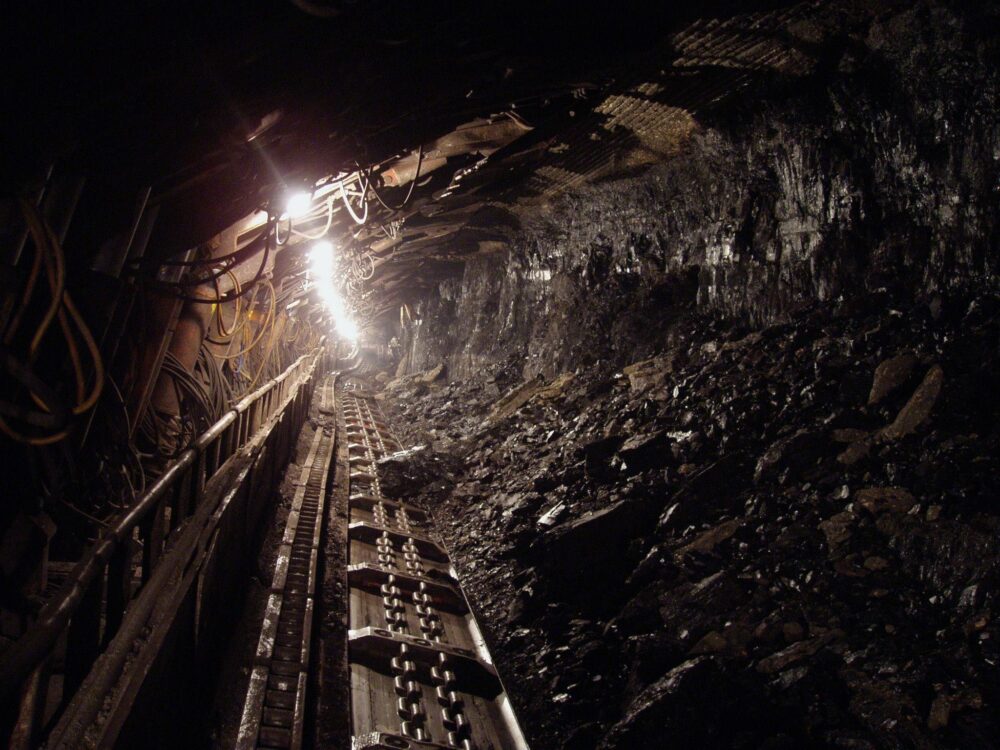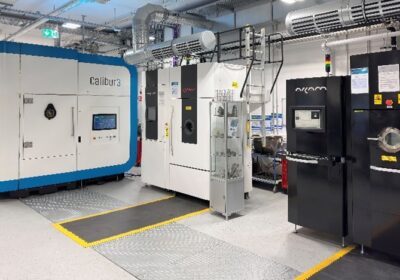Safeguarding worker safety around conveyor belts using bidirectional fibre optic modules
In mining applications globally, conveyor belts of up to 20 km are used to transport ore from the excavation point to various locations, including processing and stockpiling sites. Damage to conveyors often cause cargo spillage and create major safety risks. To manage this, mining conveyors usually feature contacts that indicate problems like breakages, but these are often unreliable over the long distances involved. Here Ian Loudon, international sales manager at remote monitoring specialist Omniflex, explains how these challenges can be combatted using bidirectional fibre optic modules.

In mining operations worldwide, conveyors are used to move cargo from the point of excavation to processing and storage areas. These conveyors often operate up large inclines and over long distances, meaning reliability is extremely important. Ensuring operational efficiency and minimising disruptions are vital for meeting stringent production quotas.
The conveyor belts in mining environments are constantly exposed to harsh conditions like dust, wear and tear, and are at risk of being damaged by falling rocks. Furthermore, dust and debris build-up on the belt mechanics can cause damage and potential stoppages. This makes fault detection and maintenance critical ongoing considerations for operators.
Conveyor belt safety is equally important. Belt breakages can have catastrophic consequences – causing damage to infrastructure, environmental spills and even worker injuries or fatalities.
Overcoming conveyor challenges
Telemetry systems are vital tools for ensuring the smooth and safe operation of conveyor belts. They are used to continuously monitor belt tension, speed and alignment, and can detect anomalies that are indicative of potential problems. Real-time data transmission allows for early intervention, preventing minor issues from escalating into catastrophic failures. In the unfortunate, yet common, event of a belt breakage, sensors can immediately trigger emergency shut-off mechanisms, minimising damage to assets and potential injuries to personnel.
However, maintaining reliable long-distance signal delivery in these challenging environments can be difficult for several reasons. First, signal strength can be extremely hampered in any underground operations as dense rock formations interfere with radio wave transmissions.
Next, mines generate a significant amount of electromagnetic interference (EMI), which is exacerbated in environments with a large volume of copper cabling, such as those used to power motors or pumps with drives. Furthermore, mining applications often take place in harsh environments where temperature, humidity and dust levels can place excessive strain on electronic equipment.
Finally, the distances involved are also a limiting factor for many transmission options. Copper wiring is extremely costly and, when required to run over many kilometres, the costs are often prohibitive. Furthermore, copper systems do not guarantee reliable transmission over those distances with standard communication links on copper wires like RS 485, which is generally limited to about a kilometre of reliable transmission.
Fibre optic improvements
Omniflex’s FCX module is a bidirectional fibre optic transceiver, meaning it combines both transmission and reception capabilities into one device. This eliminates the need for separate modules, halving the number of modules required in any given setting and dramatically reducing costs for purchasing and installation. Costs are reduced further because fibre optic cabling is much cheaper than copper, lowering the cost per module.
Reliability is also improved significantly as fibre optic transmission is immune to the effects of EMI and resistant to the effects of radio frequency interference (RFI). This is because fibre optics use light pulses to transmit data and light is unaffected by electromagnetic fields, unlike copper cables that are highly susceptible to the effects of both EMI and RFI. The transceiver is compatible with either 850 nm multi-mode or 1,310 nm single mode fibre optic cabling; the latter can send switch contact signals up to 20 km of range, which is significantly better than copper cable systems.
Fibre optic transmission also offers safety benefits for mine applications. For example, unlike copper cables, fibre optic cables do not generate sparks so are not potential ignition sources in mine operations that include potentially flammable or explosive environments.
Omniflex’s FCX bidirectional fibre optic module is certified for use in SIL-2 applications, The module’s output contact is designed with dual signal detector relays in a 1oo2 configuration with fault indication meaning system designers can trust that the risk associated with transmitting remote emergency stop or interlock switch contact signals over long distances can be limited to appropriate levels using the module.
To find out more about the FCX module’s remote safety applications in the mining industry, visit Omniflex’s website: https://www.omniflex.com/dsview.php?hid=C2477A-2








